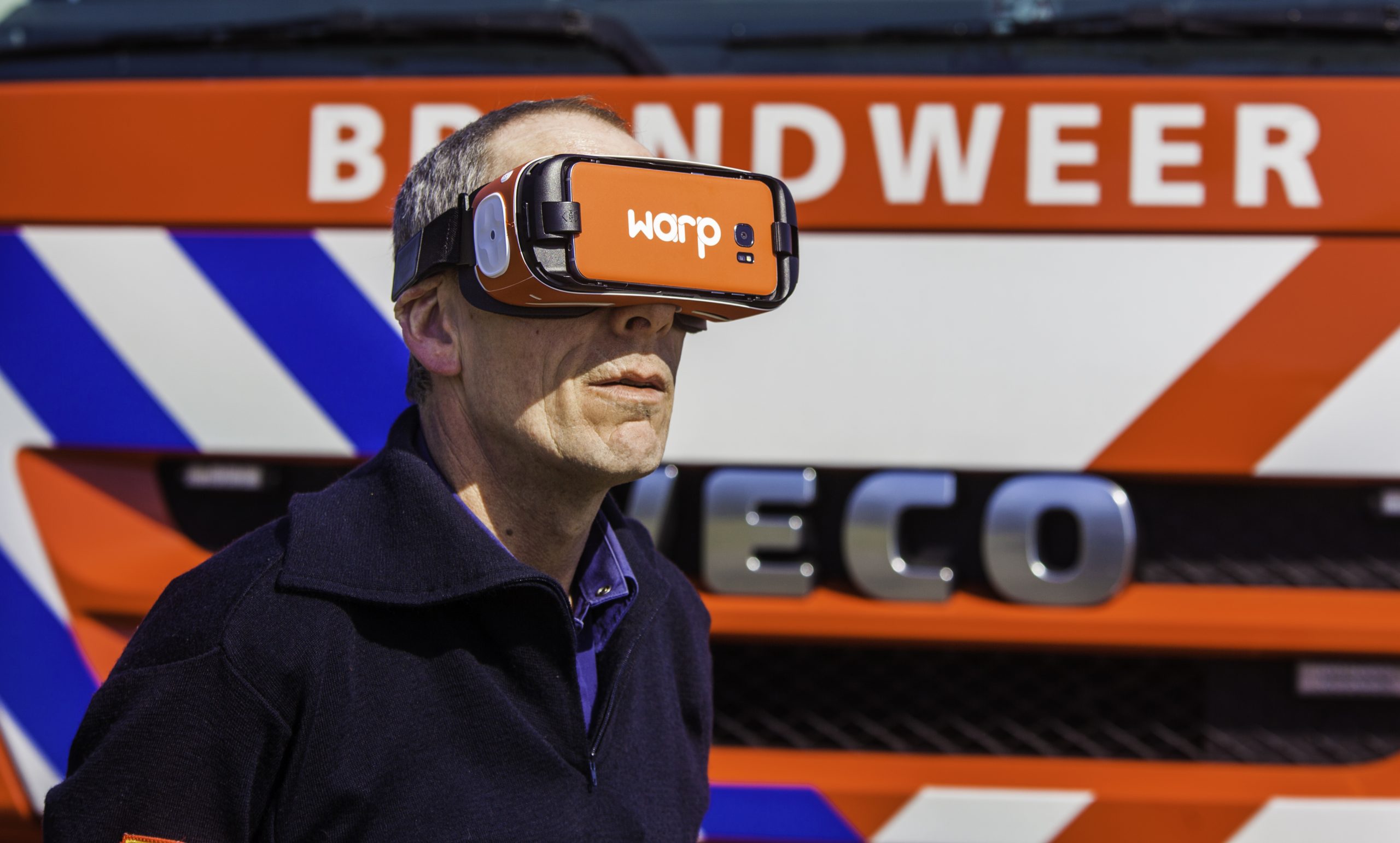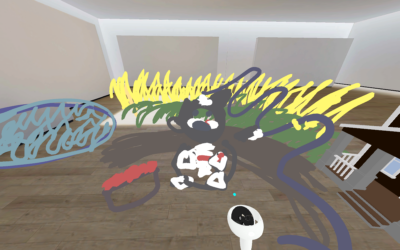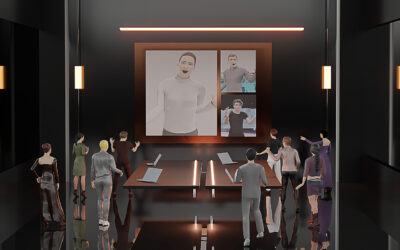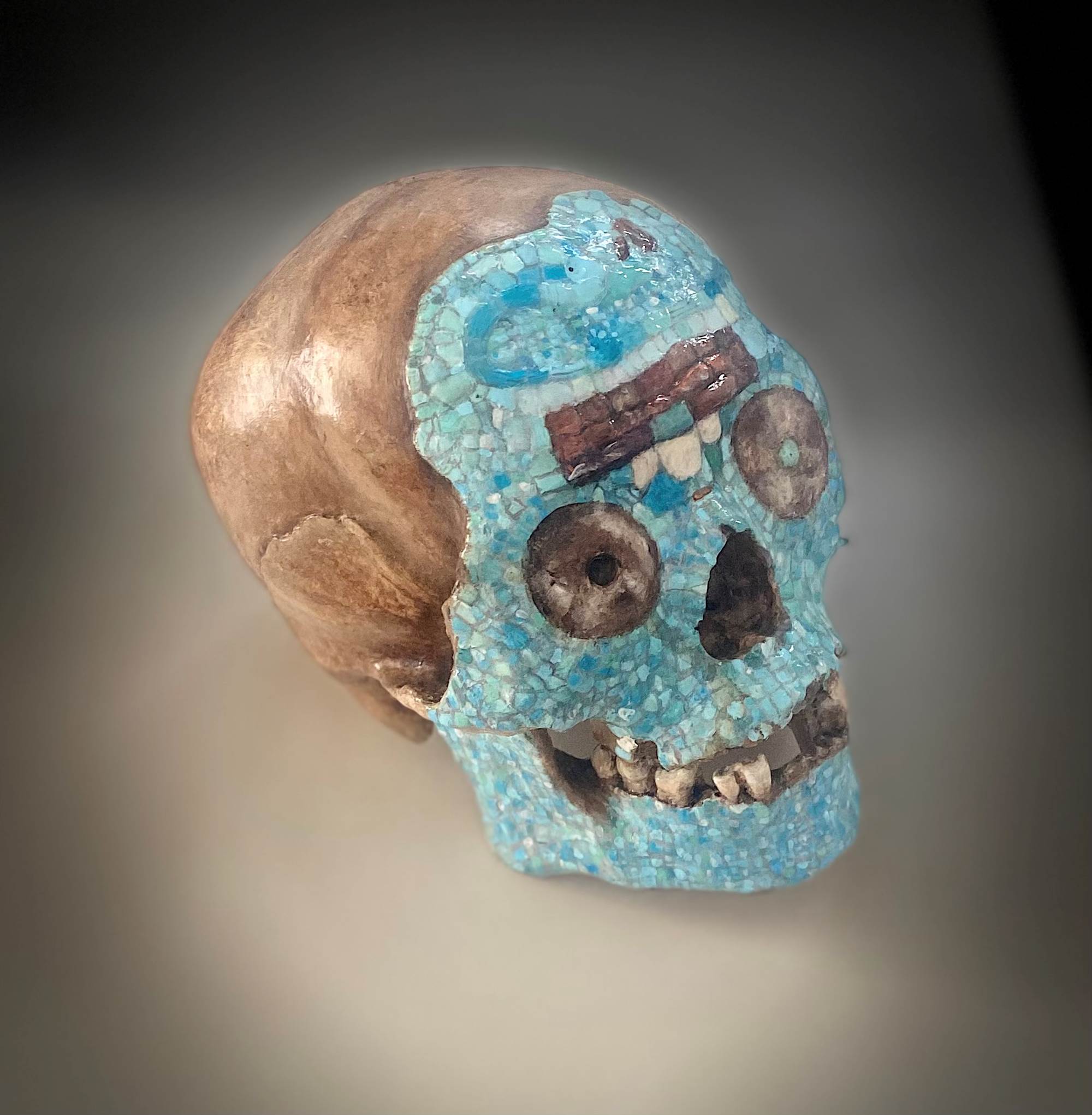How versatile can VR technologies truly be within the context of education? The answer is very and over time it’s only going to become more so! With this in mind, what are the challenges, benefits, and ways in which this technology can be both harnessed in the present and built upon in the future?
In a recent webinar, the CGO and Founder of Warp VR, Guido Helmerhorst has a discussion with Che Govender (Lecturer, VR/AR in education at Hotelschool The Hague) and Erik Meuwsen (Lecturer, Smart Learning at ROC Airport College). From their debate, some pointers and thoughts to take into consideration have been collected and you can also still watch the webinar yourself.
10 Tips and Tricks for VR Experimentation in Education
- Immersing prospective students in profession-related VR environments during visiting days can help them choose which course might be best for them.
- VR can increase empathy. Placing students in unfamiliar scenarios encourages them to take alternative, and potentially enlightening perspectives.
- Do we experience situations differently when we encounter them in 2D form as opposed to 3D? In many cases, likely so. What difference can a literal change of perspective make?
- For language students, VR can create ‘real life’ practice scenarios, building confidence for later conversations with peers and allowing students to practice skills such as listening under stimulating, novel conditions.
- Unable to be distracted by their phones, when students wear VR goggles, they report a considerable increase in concentration.
- When asked, students enrolled in Presentation workshops involving VR were considerably more motivated to practice than those taught the same skill in more conventional manners.
- Before integrating VR into your teaching, consider both your desired learning outcome and the specific aspects and advantages of VR which might help you reach it.
- When using VR in the classroom for the first time, use the technology for play to allow inquisitive students to explore. Only during the next lesson, turn the technology more towards your topic.
- Be open to learning and experimentation. This applies to the technology itself as well as the development of new teaching methods.
- Enthusiasm breeds enthusiasm! When students sense another’s passion for VR, they are much more likely to develop a curiosity towards it themselves. In addition, allow for students to be a part of the process of creating these VR trainings.
If you would like to watch the webinar yourself check it out here: Webinar – How to use VR for education




